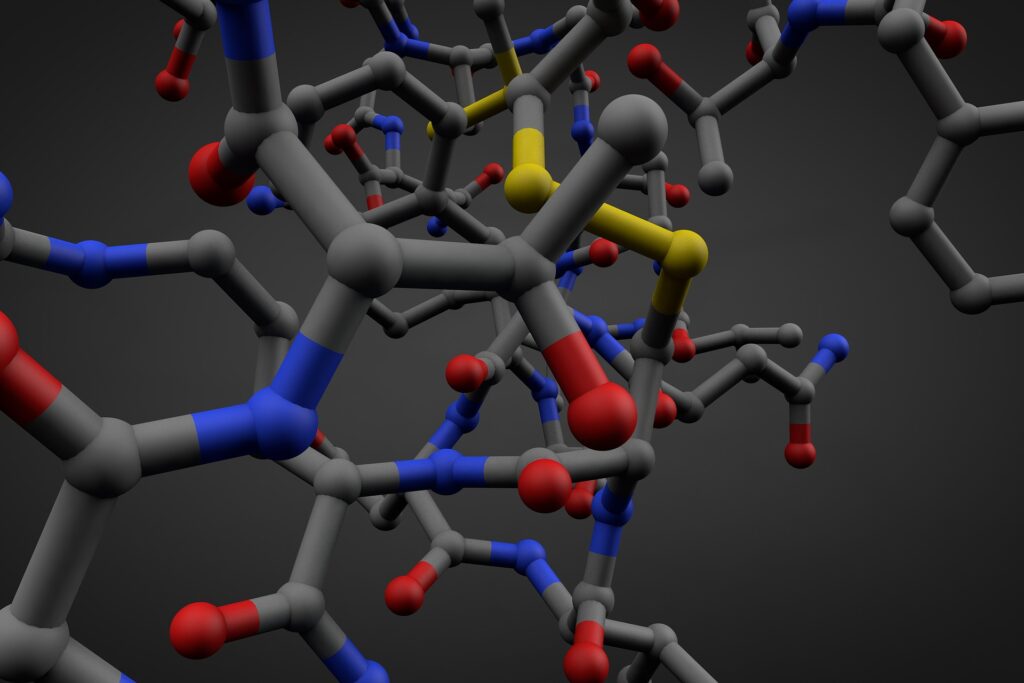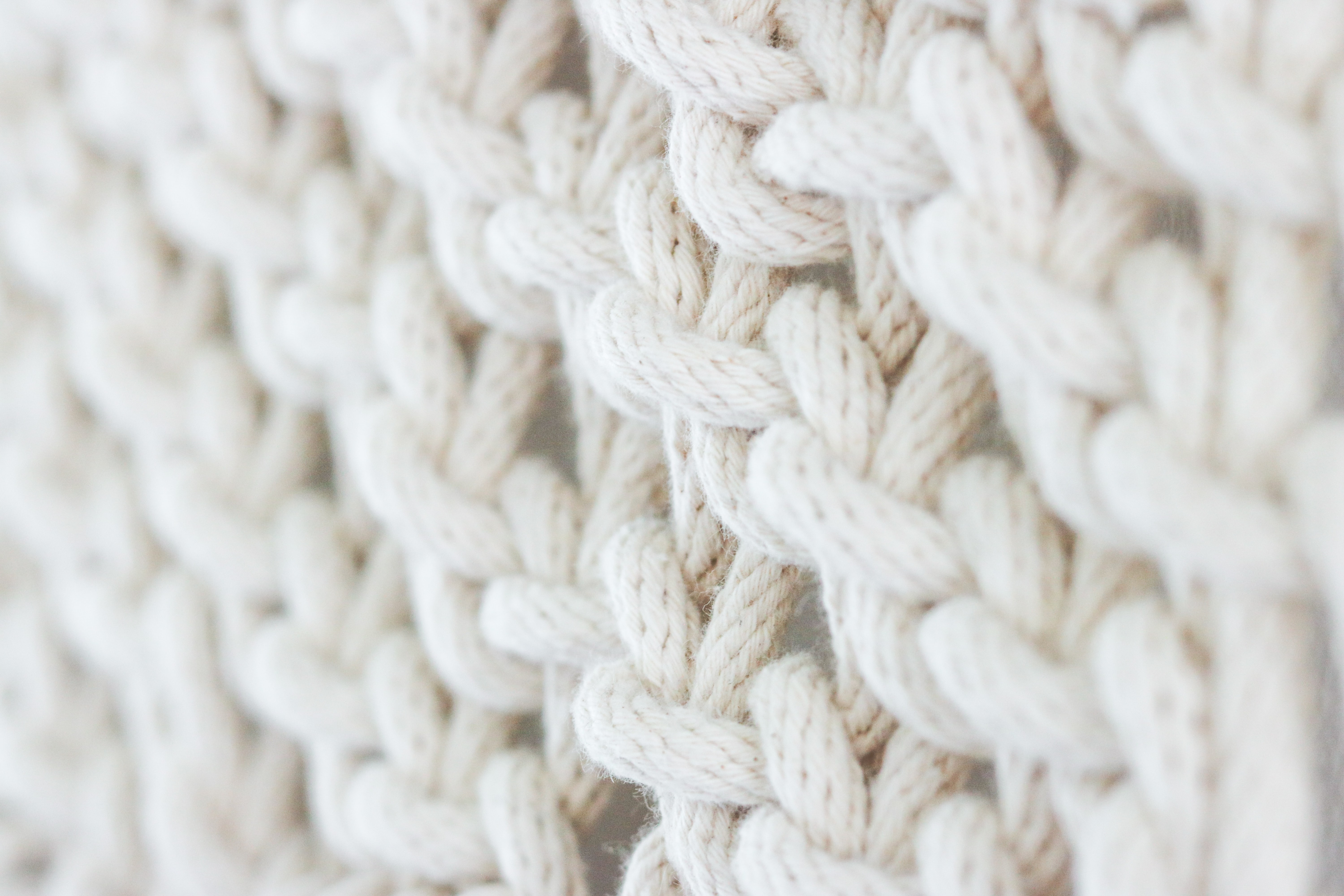In this blog, we take a look behind the scenes at fibre manufacturing and its different types of processes. There are several methods for manufacturing fibres, with different chemical and mechanical processes. Natural fibres derive from plants and animals, but they are also used to enhance the characteristics of synthetic fibres. In this blog, we uncover the types of manufacturing processes for synthetic fibres.
Manufacturing goes a long way back, right to the Industrial Revolution in the 19th century, a period that turned artisans into wage labourers; a shift from man to machine where items were no longer made by hand but through alternative processes and the use of machinery. In the late 19th century, mass production took off, allowing companies to develop systems where products could be manufactured on a mass scale, and it changed the game forever.
What is Fibre Manufacturing?
Fibre manufacturing is the process of creating and developing fibres from chemicals and raw materials to enhance specific products. For example, Goonvean Fibres manufacture battery fibres to improve the strength and longevity of batteries for the automotive industry, among many other things.

Only synthetic fibres are manufactured, however, natural fibres are used to enhance the characteristics of manmade fibres and create niche end products. Synthetic fibre makes up 70 per cent of all fibres produced worldwide and is commonly produced by combining polymers with small molecules.
What Types of Fibre Manufacturing Processes Are There?
There are several fibre manufacturing processes dependent on certain materials. The chemical composition, structure and properties of synthetic fibres are often modified during manufacturing processes. Synthetic fibres are produced by the reaction of several types of monomers, forming long-chain polymers through a process called Polymerization.
Let’s take a look at the types of fibre manufacturing processes in more detail:
1. Spinning
Fibre spinning is a significant manufacturing method that’s used to produce most fibres. For fibre extrusion, a spinneret is used, which looks like your typical shower head. A spinneret has several small openings where filaments emerge, are converted into a rubbery state, and then solidified. There are specific types of spinning methods in fibre manufacturing, including:
- Solution Spinning – This is the continuous process of fibre making for materials that can’t be melted, also known as Wet and Dry-Jet Wet Spinning.
- Melt Spinning – The typical spinning of synthetics, including Polyester, Nylon and Polypropylene, where melted polymer is formed out of the spinneret and wound through quenching and drawing.
- Force Spinning – Force spinning helps produce binder-free porous Sn/C composite nanofibers.
- Electrospinning – A unique approach that uses electrostatic forces to make finer fibres (microfibres or nanofibres) from polymer melts and solutions.
- Wet Spinning – Polymers are dissolved in a solvent to develop polymer-based fibres, one of the oldest processes.
- Dry Spinning – Through controlled evaporation, dry spinning turns a high vapour pressure polymer solution into a solid fibre.
- Gel Spinning – Also known as Semi-Melt Spinning, this process is used to achieve high strength and elasticity in fibres.
- Stretching and Drawing
Stretching or drawing is a process that pulls long polymer chains to improve the strength, crystallinity, and lustre quality of fibres. It’s a vital post-spinning operation that stretches polymer chains at the molecular level to increase chain molecule alignment and mobility to enhance performance.
2. Texturing and Crimping
This process is where synthetic fibres are modified so that they change texture, and often the development aims to mimic natural fibre properties. Texturing and crimping take advantage of the thermoplastic nature of the fibres and are often used to improve insulative properties, minimise the synthetic look that is often shiny, and create special effects such as patterned yarns.

3. Intermingling and Interlacing
Intermingling and interlacing are processes that make fibres compact, compressing the air to increase resistance and elasticity. Often, this process is used in yarn production to create the braiding effect.
4. Heating and Melting
Also known as heat bonding or melt bonding, this process is where pressurised steam or hot air is used to fuse the crossover points of fibres to improve the fibre’s resilience, recovery, and dimensional stability. It’s often the final stage of the fibre manufacturing process, depending on the fibre’s heat resistance and end-use.
Multiple fibres can undergo several of the processes listed.
–
Fibre manufacturing takes great care and attention to detail. At Goonvean Fibres, our processes are a testament to the quality of our fibres, and we have several quality certifications that we proudly hold. We also ensure our manufacturing processes are eco-friendly and sustainable.
To find out more about our fibre manufacturing services, contact us.


